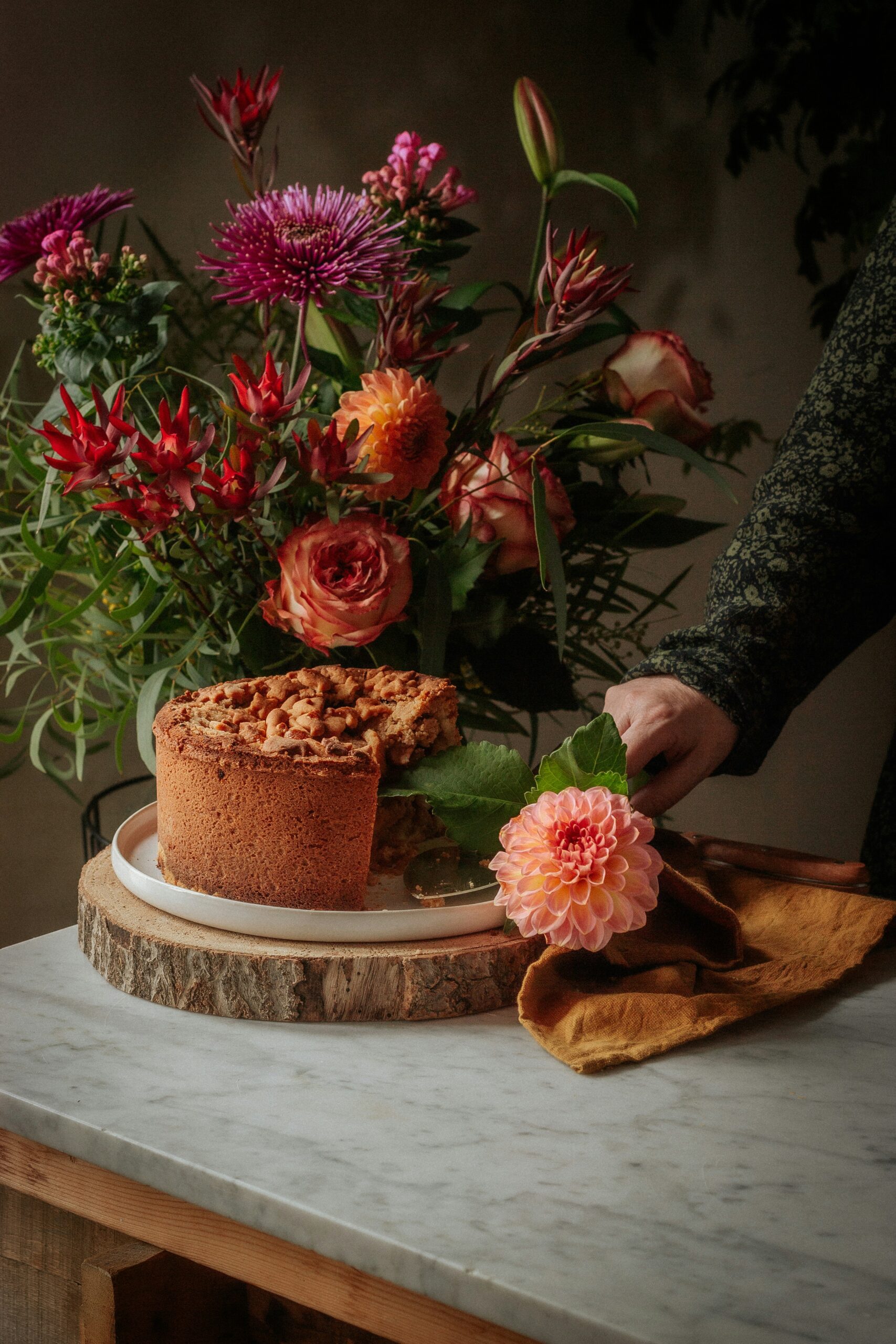

Introduction to Festivals and Feasts
Festivals and feasts bring people together in a way that few other experiences can. The vibrant sights, the sounds of laughter and celebration, and, most importantly, the mouthwatering aromas wafting through the air create an atmosphere unlike any other. Every culture has its unique celebrations—each filled with traditions passed down through generations. At the heart of these gatherings lies food—a universal language that transcends borders.
Imagine biting into a warm pastry during Diwali or savoring sweet tamales at Christmas. These dishes do more than just satisfy hunger; they tell stories of heritage and community. As we explore various culinary traditions tied to festivals around the world, we’ll uncover how food not only enhances our celebrations but also connects us to our roots in profound ways. Let’s dive into this flavorful journey!
The Significance of Culinary Traditions in Celebrating Culture
Culinary traditions are the heart and soul of cultural celebrations. They connect people to their heritage, telling stories through flavors and ingredients.
Each dish has its own history, often linked to significant events or beliefs. When families gather for a festival meal, they pass down recipes that have been cherished for generations. This shared experience fosters bonds among loved ones.
Food is also a medium of expression. It showcases regional diversity, allowing communities to celebrate their unique identity while embracing others’ customs. Through culinary practices, we learn about different ways of life.
Festivals give us an opportunity to savor seasonal produce or local specialties that define our surroundings. Engaging in these traditions reminds us of where we come from and reinforces our sense of belonging within a larger community.
Unique Foods and Dishes Associated with Festivals and Feasts
Festivals and feasts around the world are often defined by their unique culinary offerings. Each celebration brings a delightful array of flavors, colors, and textures that tell stories of heritage.
Take Diwali in India, for instance. Families prepare sweets like ladoos and jalebis to share with loved ones. These treats symbolize joy and unity.
Moving to Mexico, Día de los Muertos features pan de muerto—a sweet bread decorated with bone-shaped pieces. It’s a beautiful homage to those who have passed away.
In Italy, Carnevale introduces ciccioli—spiced pork cracklings enjoyed during this festive season. The rich taste reflects regional pride and culinary skill passed down through generations.
Such dishes do more than please the palate; they carry deep cultural significance. Every bite resonates with history, tradition, and community spirit that transforms any gathering into a memorable experience.
Preserving and Passing Down Culinary Traditions
Culinary traditions are more than just recipes. They hold stories of families, communities, and heritage. Passing down these traditions ensures that flavors from the past continue to resonate in the present.
Grandmothers often become the guardians of these culinary secrets. Their kitchens transform into classrooms where generations gather, learning not only how to cook but also why certain ingredients matter. It’s a ritual steeped in love and patience.
Local festivals play a vital role too. They serve as vibrant platforms showcasing traditional dishes prepared with care and reverence. Engaging younger generations through interactive cooking classes or food tours can spark interest in preserving these customs.
Social media has emerged as an unexpected ally in this quest. Sharing photos and videos of cherished family meals allows people worldwide to connect over shared tastes while celebrating their unique backgrounds together.
The Impact of Globalization on Festival Food Culture
Globalization has transformed how we experience festival food. Traditional dishes once confined to specific regions now grace tables worldwide. This culinary exchange enriches our palates but also poses challenges.
Street food stalls in festivals often feature fusion cuisines, blending flavors from different cultures. Tacos filled with kimchi or sushi burritos showcase creativity born from cultural mingling. Such innovations can be exciting and delicious!
However, this rapid change risks overshadowing local traditions. Iconic recipes may fade as global tastes take precedence over regional favorites. Communities might lose a sense of identity tied to their unique foods.
Social media accelerates these trends, showcasing vibrant festival foods that quickly go viral. Suddenly, everyone wants to try the latest dish trending online rather than savoring traditional offerings passed down through generations.
While globalization fosters diversity in what we eat during celebrations, it’s essential to remember the roots of these culinary practices and honor their stories amid evolving tastes.
Conclusion: Why We Should Celebrate and Appreciate Culinary Traditions in Festivals and Feasts
Culinary traditions hold a special place in our hearts, especially during festivals and feasts. They connect us to our heritage and remind us of the stories that shape our identities. Food has an incredible ability to bring people together, transcending language barriers and cultural differences.
When we gather around tables filled with traditional dishes, we are not just sharing meals; we are sharing experiences. We pass down recipes through generations, preserving flavors that carry memories of laughter, love, and celebration.
In today’s rapidly changing world, these culinary practices deserve recognition. As globalization continues to influence food culture across borders, it is essential to appreciate the roots from which these diverse tastes come. Every bite tells a story—one that deserves to be savored.
Celebrating culinary traditions enriches our lives in countless ways. It fosters community ties while honoring those who came before us. By embracing the unique flavors associated with various festivals worldwide, we strengthen bonds with each other and nurture a deeper understanding of cultures beyond our own.
So let’s raise a fork or spoon in appreciation for the vibrant tapestry of culinary customs woven into every festival and feast around the globe!
